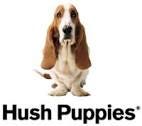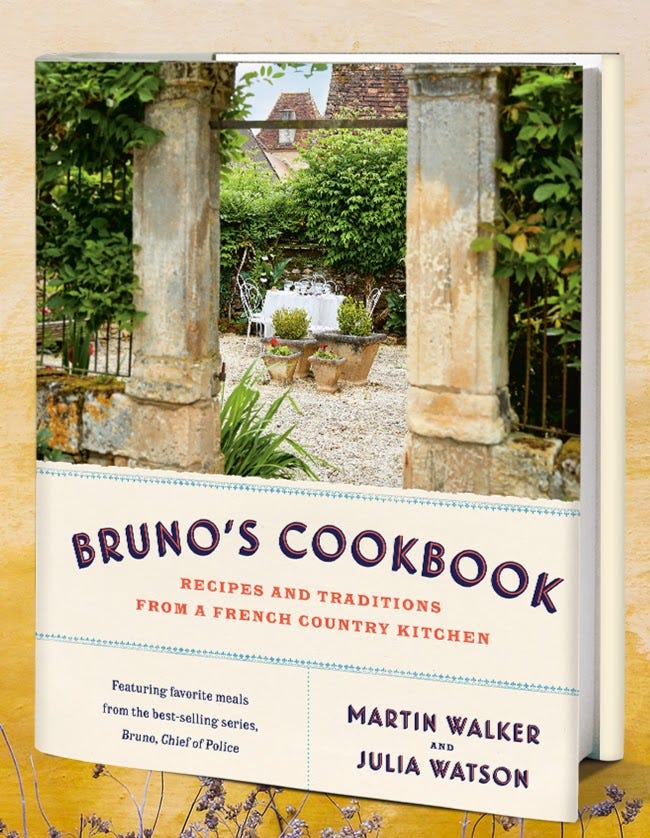My family has long been owned by bassets. Four of them, one after the other, across the decades since my childhood. Bothwell, No.3, was by far the most dignified, the most exceptionally well bred: long of back, short of legs, long of ears, face emerging from folded fur.
Life before bassets was empty. A breed for whom bedtime is a daylong event, in a previous life Bothwell was clearly a scarf. How did we manage? we asked ourselves, in the manner of parents wondering what they did with their free time before babies, except bassets don’t require squelchy foods, nappies and night-time ministrations.
What Bothwell liked best was the Park Puppy Playgroup. As with all group meetings, there was an established hierarchy: two bloodhounds checked over the assembly, nostrils pressed to the ground. The collie rushed about, herding the squirming commotion of dogs towards the centre. The Yorkshire terrier was designated heel-nipper while the labrador preferred tails. The retrievers collected sticks and chicken-flavoured dog Frisbees, and everyone buggered the poodle. Around all this pandemonium circled Bothwell, baying his sad, bossy bay that said enough is enough, boys and girls, and they sheepishly quietened down.
As two tweed-clad old biddies murmured once, as Bothwell and I dawdled by, “Such a nice doggy. Such a shame they make them into shoes.”
My childood bassets ate what we ate. Not at the same time, of course: we weren’t wealthy widows in Parisian brasseries. They were given our left-overs, which they scoffed with the same relish with which we had approached our own plates. After all, this had been the way for cats and dogs since they were first fed by humans. There are records of the Romans over 2000 years ago feeding their dogs meat scraps, as well as barley bread soaked in milk. To strengthen them, their war dogs were given raw meat and garlic.
During the Middle Ages, European royalty built capacious kennels for their hunting dogs, with outdoor runs and their own cooks to brew up large vats of dog stews made from grains, vegetables and offal. Their queens weren’t treated so royally. Commoners’ dogs fared less well, fed on potatoes, cabbage, bread crusts and bones, or whatever the dog could scrounge on its own.
By the 18th century, lard mixed into grains was standard fodder for farm and hunting dogs, while in the city horses found dead in the streets were carted off and butchered, their meat sold to wealthy dog owners. Better at the time to be a dog in China, where Empress Tzu His was reputed to proffer her Pekinese shark fins, quail breasts, and antelope milk. But European nobility did keep pace, feeding their dogs roast duck, cakes and candies.
Then, in the late 1850s, came James Spratt, and everything changed. He was an American who sailed to London to further his business, the sale of lightening rods. As the ship docked, its crew flung the left-over hard tack - ship‘s biscuits made of flour, water and salt baked together - over the rails at the dogs milling about on the quayside. Spratt watched the melee and decided he could make something similar from wheat flour, beetroot and vegetables bound together with beef blood, to target the growing numbers of urban dog owners. Spratt’s Patent Meal Fibrine Dog Cakes were launched in London in 1860, followed in 1870 by New York and today’s pet food industry was born.
In 1922, Ken-L Ration created the first canned dog food in the United States, breeding horses for the purposes and slaughtering 50,000 of them a year. By 1941, canned dog food had a 90 percent share of the dog food market. A decade before, Nabisco had brought out Milkbones, still manufactured today.
With World War II, the rationing of meats and of aluminium began. But people still owned pets. Cereal companies, seeing a profitable market, began creating dry pet food from their left-over by-products and grains, a far cheaper source than meats and vegetables. In 1956, the first commercial kibble was invented, created by pressing dough through an ‘extruder’. It was a process so cheap, so profitable, other manufacturers rushed to promote it as the most “convenient” way to feed dogs and cats. The backing of the Pet Food Institute helped, a lobbying group formed by - you guessed it - the now huge pet food industry. It funded ‘reports’ which appeared across the media, in particular in family magazines, detailing the benefits of processed dog food. Radio ads were produced warning anxious pet owners of the dangers of table scraps.
These days, kibble delivers as good or poor nutrition as you’re prepared to pay for. The best will be made from meat, grains, legumes, vegetables, and fruits - exactly what you eat and turn into table scraps. In cheaper kibble, carbohydrates can make up to 50 percent of the bulk, typically from wheat and corn purchased more cheaply from having been produced using pesticides that will be ingested by your pet. High sugar levels are added, to make this cardboard appeal to them.
By 2029, the global pet food market is predicted to be worth $163.70 billion. Perhaps. After a 10-year study of over 7000 dogs, researchers at the University of Helsinki in Finland concluded in a scientific report published in Nature that those which ate human leftovers in their first 18 months were 23 percent less likely to develop enteropathy (ongoing damage or irritation and swelling to the small intestine) as adults, and those eating a meat-and-veg-based diet were 22 percent less likely to suffer from vomiting or diarrhoea.
Here is a recipe for healthy dog biscuit treats to give your own pet that I contrived to taste delicious enough for humans. When I don’t use the bone cookie cutter but roundels, I don’t bake them so hard and serve them with cheeses.
2½ cups (12 ounces / 340 grams) whole-wheat flour
2 cups (12 ounces/340 grams) white bread flour
4 tablespoons (2 ounces/ 55 grams) wheat germ
1 teaspoon salt
2 tablespoons brown sugar
1 apple, cored but not peeled
3 eggs, lightly beaten
1 cup (pint/ 240 milliliters) vegetable oil
6 tablespoons milk powder
1 cup ( pint / 240 milliliters) water
Preheat the oven to 375°F/190°C.
Combine the flours, wheat germ, salt, and sugar in a mixing bowl. Grate in the apple, and mix everything together. Stir in the eggs and vegetable oil. Dissolve the milk powder (if using) in the water, and mix in to form a dough. It should be firm, smooth, and workable. If necessary, add a little more water or flour.
Cover the dough, and set it aside for 15 to 20 minutes, then roll it out to a 1 in/2½ cm thickness. Stamp out cookies, preferably with a bone-shaped cutter if you have one, or slice the dough into 1 in x 3 in (2 cm x 7 cm) strips. Place them on sheet pans lined with parchment paper, and bake for 40 minutes, or until they're brown and as hard as a rock. Cool then store them.
If you’re making them to eat yourself, roll them out to ¼ in/0.635 cms thick and bake them for 25-30 minutes, taking them out to cool before they become rock hard.
Come and say Hello!
I’ll be signing copies of Bruno’s Cookbook with Martin Walker
in Washington DC at Bold Fork Books on 7 November and at Politics &
Prose on 18 November
He will be at Poisoned Pen, Scottsdale AZ and on November 13, St Louis County Library, St Louis MO on November 15, with more dates coming up for passing on.









I fell about laughing over the Hush Puppies! (Which are, I gather, no longer footwear made fromm bassets, but some ghastly commercially-produced comestible full of sugar.) Very interested in the statistics about feeding and longevity. My dogs always had their share of leftovers. I love the idea of dual-purpose biscuits!
I’d forgotten about the leftovers. What a fun piece. Our dog is spoilt enough as it is but what the hell- your cookies will go down a treat!